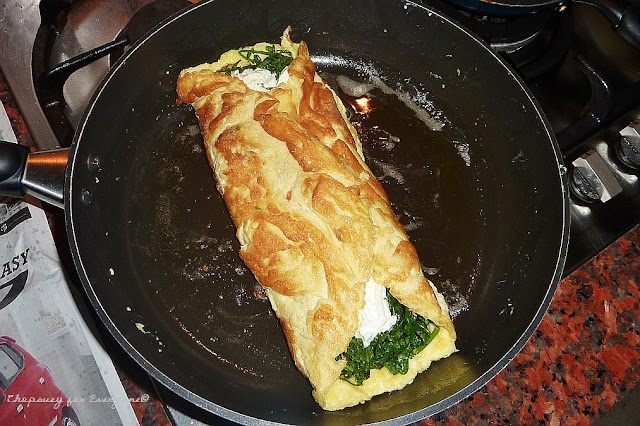Hubby goes to the gym regularly. And he's a bit of a health buff. So I try to make him healthy stuff to eat.
I've
often made smoothies or shakes for hubby (and the little girl), usually
using whey or yogurt, whatever fruit is available, and sometimes oats.
This one, however, is specifically concocted to be a power drink after
hubby's workout session at the gym.
Here's the recipe:
150 grams homemade Greek yogurt
1/2 cup coconut water
1/2 cup buttermilk
1 banana
1 mango (substitute 100 grams strawberries)
1/3 cup oatmeal
1/2 teaspoon wheat germ
1/2 teaspoon chia seeds
1/2 teaspoon minced ginger
Blitz everything in the blender. Makes 2 servings.
For the nutritional analysis:
Giving
credit: the addition of coconut water was suggested by my friend D,
who says that (natural) coconut water is high in electrolytes (calcium,
magnesium, phosphorous, and potassium) and boosts hydration; it has a
high concentration of fiber and tastes great! It also has enzymes that
aid in digestion and metabolism; as well as iron, manganese, zinc,
B-complex vitamins such as riboflavin, niacin, thiamin,and folate.
As
for buttermilk, instead of milk, friend D says that it is high in
riboflavin, B12, calcium and protein. It is probiotic, and is cooling
to the body.
Ginger is anti-inflammatory.
Oatmeal is full of fiber and protein.
Wheat
germ has folate, Vitamin E, and B, potassium and iron, zinc, calcium,
potassium, phosphorus, and selenium, as well as omega-3 fatty acids. It
is a great antioxidant!
Chia seeds are also high in
fiber, protein, omega-3 fatty acids, fiber, anti-oxidants, minerals -
calcium, manganese, magnesium, phosphorus, zinc, niacin, potassium,
thiamine and vitamin B2.
How's that for healthy?!!?
















